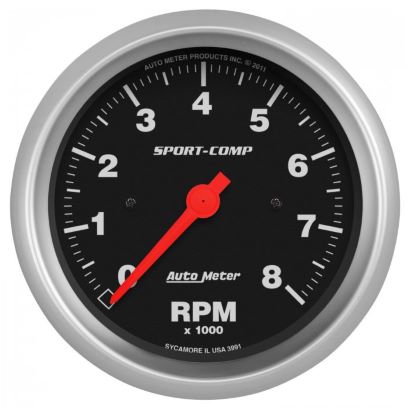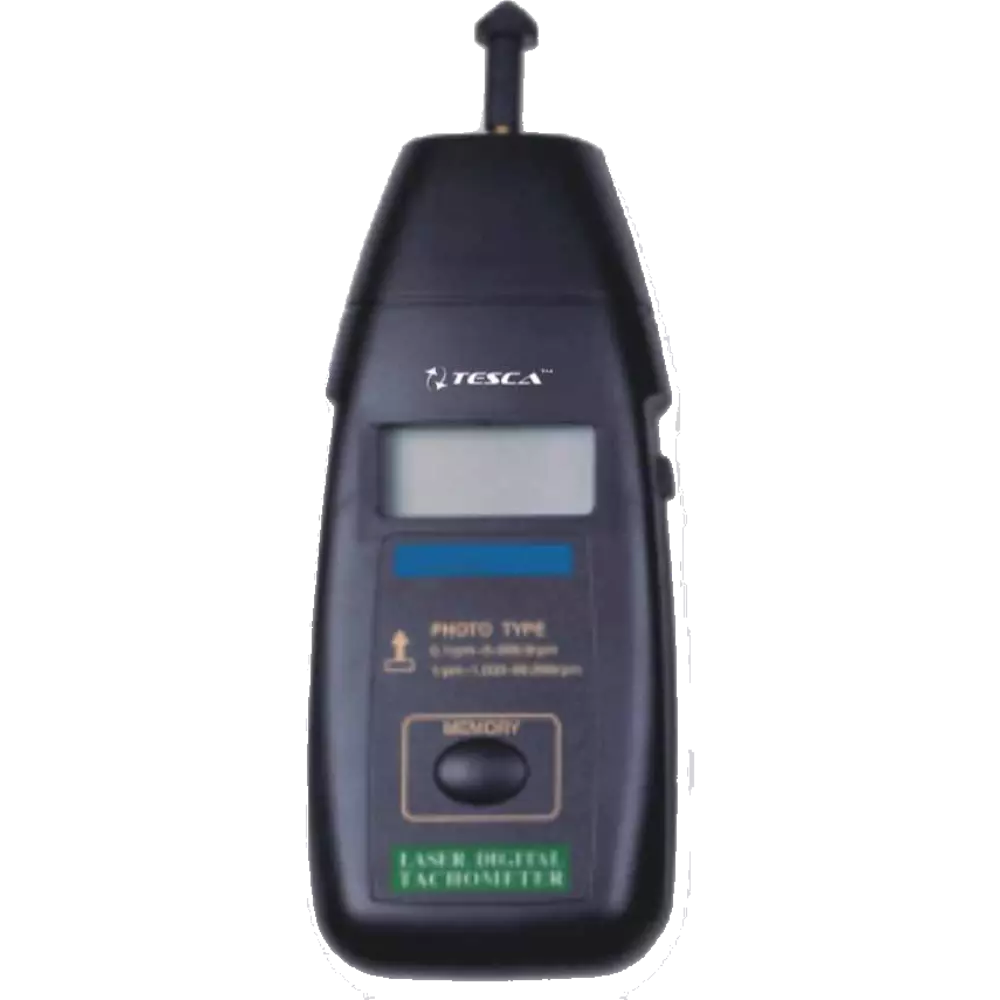Comprehensive Guide to Comprehending and Utilizing a Tachometer Effectively
Comprehensive Guide to Comprehending and Utilizing a Tachometer Effectively
Blog Article
The Significance of a Tachometer in Checking Engine Rate and Performance in Automotive Applications
In the realm of vehicle design, the tachometer stands as a pivotal instrument in the motorist's arsenal, offering a direct window into the inner functions of a lorry's engine. Past its feature as a mere scale of changes per min (RPM), the tachometer serves as a critical device for enthusiasts and specialists alike, using real-time insights right into engine efficiency and wellness.
Value of Keeping Track Of Engine RPM
Checking engine RPM, or transformations per minute, is a critical facet of automobile maintenance and efficiency analysis. Engine RPM straight correlates with the rate at which the engine's crankshaft turns, indicating just how rapidly the engine is running.
Moreover, checking engine RPM is important for performance assessment in racing and high-performance lorries. In summary, checking engine RPM is not only important for detecting problems however additionally for optimizing engine performance in different vehicle applications.

Benefits of Real-Time Information
In auto applications, real-time information plays a crucial role in offering instant insights into the performance and condition of the car. By constantly keeping an eye on different criteria such as engine rate, temperature level, gas usage, and a lot more, real-time data provides various benefits that add to boosted performance and security when driving.
One considerable advantage of real-time data is its ability to sharp drivers and technicians to any kind of abnormalities or problems quickly. This proactive approach makes it possible for fast recognition of prospective problems, permitting prompt treatments to stop additional damage or breakdowns. In addition, real-time data helps with efficiency optimization by supplying instant feedback on driving behaviors and engine efficiency. Drivers can readjust their habits in real-time based upon this details to achieve far better fuel economy and extend the life expectancy of their automobile.

Moreover, real-time information plays a vital function in modern automobile diagnostics, enabling service technicians to quickly identify and address malfunctions. This brings about reduced downtime, lower upkeep costs, and eventually, boosted overall car integrity and longevity (tachometer). By taking advantage of the power of real-time information, automotive stakeholders can make educated choices that favorably impact both the efficiency and long life of the lorry
Effect on Equipment Shifts
Reliable equipment changes in auto applications significantly influence general efficiency and driving sites experience. The tachometer plays a crucial role in enhancing gear shifts by supplying real-time engine rate information to the driver. When approaching the redline on the tachometer, it signals the chauffeur to upshift to stop over-revving the engine and creating possible damages. On the various other hand, downshifting at the appropriate minute can help maintain the engine in its power band, guaranteeing responsive acceleration when needed.
Additionally, the tachometer help in attaining smoother equipment shifts, particularly in hand-operated transmissions. By keeping track of engine speed, vehicle drivers can implement equipment shifts at the optimal RPM array, minimizing snagging activities and lessening wear on the transmission components. This precision in gear modifications not only improves driving convenience but also adds to sustain efficiency.
Enhancing Fuel Efficiency
Given the important duty the tachometer plays in enhancing gear changes for efficiency and engine wellness, it directly adds to taking full advantage of fuel performance in vehicle applications. By providing real-time responses on engine speed, the tachometer aids drivers in maintaining the most reliable RPM range for helpful resources fuel economy. When chauffeurs continually check the tachometer and adjust their motoring behaviors as necessary, they can avoid unneeded gas consumption caused by over-revving or lugging the engine.
Additionally, the tachometer assists chauffeurs recognize the most fuel-efficient gear to be in at any kind of provided moment, protecting against the engine from functioning harder than needed. In conclusion, the tachometer serves as an important tool in boosting gas performance by advertising optimal driving behaviors and recognizing areas for enhancement in the automobile's efficiency.

Maximizing Engine Durability
The tachometer's role in keeping track of engine speed and efficiency is critical in making sure the longevity of auto engines. Checking the tachometer allows drivers to remain within the advised RPM array for their lorry, protecting against unnecessary pressure on the engine and prolonging its life expectancy.

Final Thought
Finally, the tachometer plays a critical function in monitoring engine rate and performance in vehicle applications. By providing real-time information on RPM, it enables reliable gear shifts, boosted fuel performance, and made best use of engine durability. This device is important for preserving optimal engine performance other and making certain the total functionality of an automobile.
Report this page